Europe
We headed out to the resistance & deportation museum about a 45min walk. It was again sunny blue skies but cold, it was a low of 1 c overnight. The museum is in the former Gestapo headquarters, which was a military health College before the war.
During the Second World War, Lyon saw a mix of destinies. Situated in the Southern zone, in accordance with the 22nd June 1940 armistice, it became the most important city of Free France, as France was divided into two zones, Lyon fulfilled a major role with the redeployment of administrative services & the press from Paris. Numerous leaflets & clandestine newspapers begin to appear from the summer of 1940 & the first civil and military Resistance began to be organised.
On 11th November 1942, German troops invaded the Southern zone and occupied Lyon. The German repressive services and the Vichy auxiliary police tracked down the members of the resistance and made many arrests. The repression also descended on the Jews & many roundups were organised. The union of the Resistance movements became a necessity. Jean Moulin created the Conseil National de la Résistance (National Council of the Resistance) & on 26 January 1943, the Unified Movements of the Resistance was founded in Lyon. That same year also saw the founding of the Maquis to the north & south of the urban area, which took in young people seeking to avoid Compulsory Work Service (S.T.O. - Service du Travail Obligatoire). Where a large number of French citizens were re-deployed to work in Germany.
As well as collecting & communicating valuable intelligence information mainly via radios, printing underground newspapers & posters, removing / replacing official posters, they organised planned sabotage, raids, disruptions & maintained an escape network.
The resistance played a key role especially in the allied advancements following the invasion of Normandy 6 June 1944.
In June 1944 there were approximately 100,000 resistance members, which increased to 400,000 by Oct. Between July to Sept 1944 it’s estimated 7,498 parachute operations took place mainly for radio equipment & weaponry.
On 14th September 1944, during a speech at the City Hall, General de Gaulle paid tribute to the city's commitment, and proclaimed Lyon the "Capital of the Resistance.
VE Day eventually came in May 1945
Klaus Barbie was head of the Gestapo in Lyon, responsible for finding members of the Resistance , communists and Jews. The particularly brutal methods of interrogation which he used earned him the nickname of "butcher of Lyon". In May 1987, he was judged for crimes against humanity and sentenced to life imprisonment.The Barbie trial was the first trial for crimes against humanity in France.
The museum also included personal stories of Jewish families, there was an excellent film on the liberation showing numerous survivors coming off trains, it was subtitled, but they were saying they couldn’t understand why the survivors weren’t happy & wouldn’t talk, how hard that must have been for them after all they’d been through to see every one else celebrating victory.
Whilst we knew most of this information from history lessons, to see the underground areas that were the cells, read the stories of those affected & the statistics, especially moving was to read about a large number of inmates at lunatic asylums who died due to lack of food, the same fate occurred to the elderly in hospices, there just wasn’t sufficient food. There was also an exhibition about the youth during the war, Hitlers youth was occurring in Lyon (as well as the other area of occupied France) as well as Germany.
How brave the members of the resistance must have been but you can also understand why they did it, very thought provoking.
We walked back along the river Rhone, past a number of the river cruise ships, before turning right & heading towards home. We had a late lunch of the pate & bread from yesterday.
During the afternoon I did a final edit of the South African diary.
We had fish (not sure what kind of fish it was) beans & smashed sweet potatoes for dinner, very nice.
Julie Elvidge
87 chapters
16 Apr 2020
Lyon
April 14, 2019
|
Sunday
We headed out to the resistance & deportation museum about a 45min walk. It was again sunny blue skies but cold, it was a low of 1 c overnight. The museum is in the former Gestapo headquarters, which was a military health College before the war.
During the Second World War, Lyon saw a mix of destinies. Situated in the Southern zone, in accordance with the 22nd June 1940 armistice, it became the most important city of Free France, as France was divided into two zones, Lyon fulfilled a major role with the redeployment of administrative services & the press from Paris. Numerous leaflets & clandestine newspapers begin to appear from the summer of 1940 & the first civil and military Resistance began to be organised.
On 11th November 1942, German troops invaded the Southern zone and occupied Lyon. The German repressive services and the Vichy auxiliary police tracked down the members of the resistance and made many arrests. The repression also descended on the Jews & many roundups were organised. The union of the Resistance movements became a necessity. Jean Moulin created the Conseil National de la Résistance (National Council of the Resistance) & on 26 January 1943, the Unified Movements of the Resistance was founded in Lyon. That same year also saw the founding of the Maquis to the north & south of the urban area, which took in young people seeking to avoid Compulsory Work Service (S.T.O. - Service du Travail Obligatoire). Where a large number of French citizens were re-deployed to work in Germany.
As well as collecting & communicating valuable intelligence information mainly via radios, printing underground newspapers & posters, removing / replacing official posters, they organised planned sabotage, raids, disruptions & maintained an escape network.
The resistance played a key role especially in the allied advancements following the invasion of Normandy 6 June 1944.
In June 1944 there were approximately 100,000 resistance members, which increased to 400,000 by Oct. Between July to Sept 1944 it’s estimated 7,498 parachute operations took place mainly for radio equipment & weaponry.
On 14th September 1944, during a speech at the City Hall, General de Gaulle paid tribute to the city's commitment, and proclaimed Lyon the "Capital of the Resistance.
VE Day eventually came in May 1945
Klaus Barbie was head of the Gestapo in Lyon, responsible for finding members of the Resistance , communists and Jews. The particularly brutal methods of interrogation which he used earned him the nickname of "butcher of Lyon". In May 1987, he was judged for crimes against humanity and sentenced to life imprisonment.The Barbie trial was the first trial for crimes against humanity in France.
The museum also included personal stories of Jewish families, there was an excellent film on the liberation showing numerous survivors coming off trains, it was subtitled, but they were saying they couldn’t understand why the survivors weren’t happy & wouldn’t talk, how hard that must have been for them after all they’d been through to see every one else celebrating victory.
Whilst we knew most of this information from history lessons, to see the underground areas that were the cells, read the stories of those affected & the statistics, especially moving was to read about a large number of inmates at lunatic asylums who died due to lack of food, the same fate occurred to the elderly in hospices, there just wasn’t sufficient food. There was also an exhibition about the youth during the war, Hitlers youth was occurring in Lyon (as well as the other area of occupied France) as well as Germany.
How brave the members of the resistance must have been but you can also understand why they did it, very thought provoking.
We walked back along the river Rhone, past a number of the river cruise ships, before turning right & heading towards home. We had a late lunch of the pate & bread from yesterday.
During the afternoon I did a final edit of the South African diary.
We had fish (not sure what kind of fish it was) beans & smashed sweet potatoes for dinner, very nice.
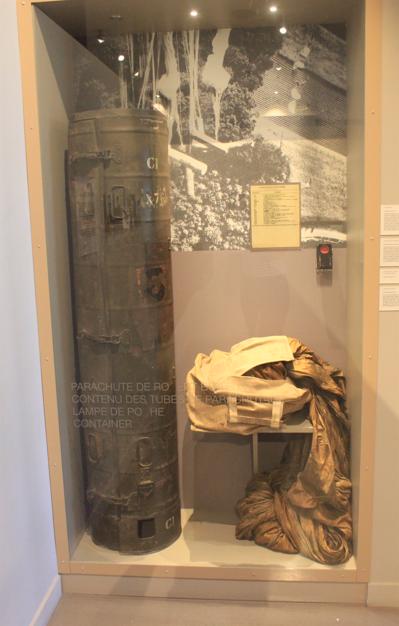
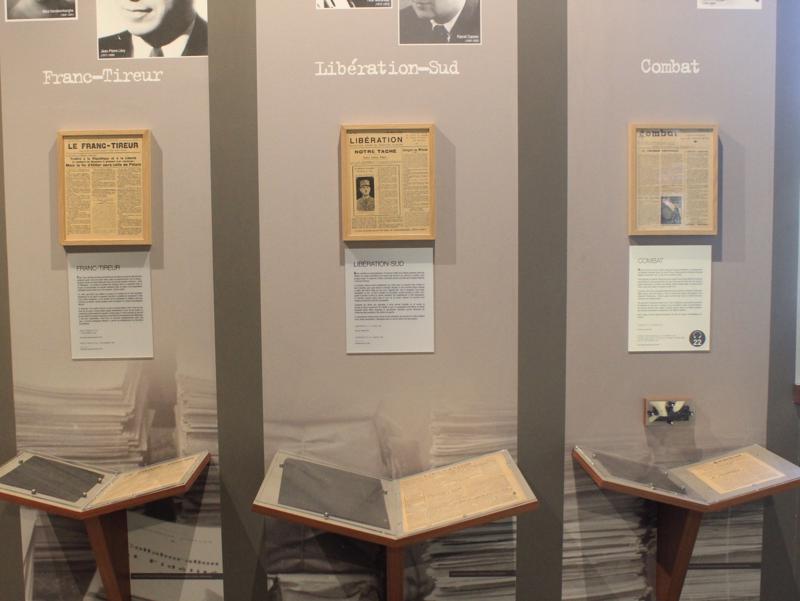
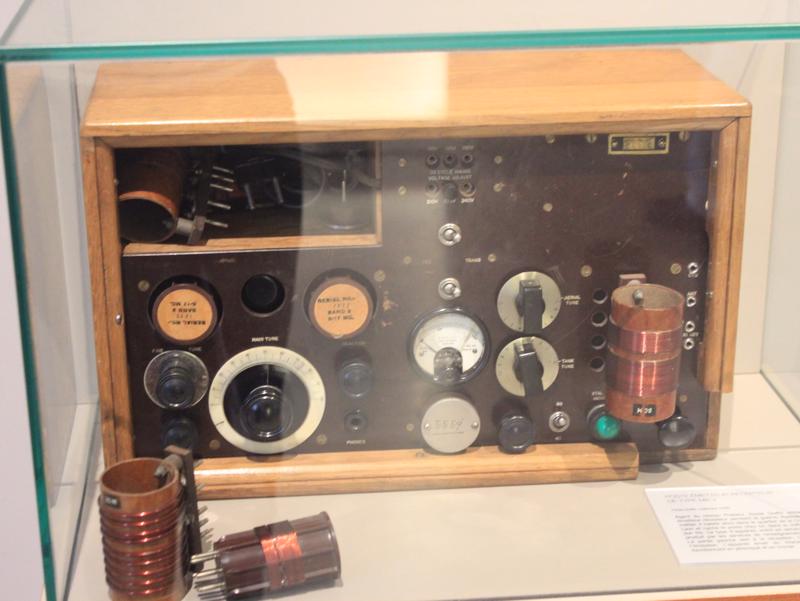
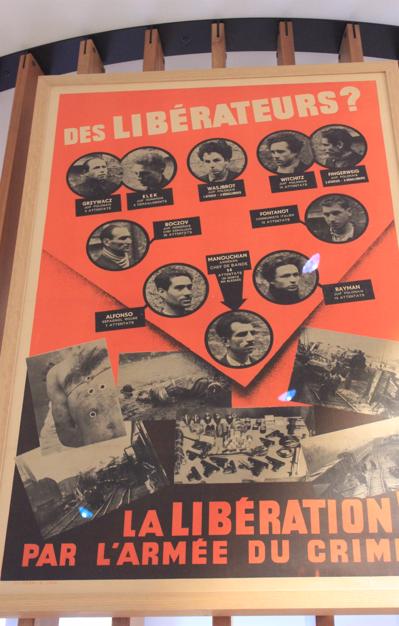
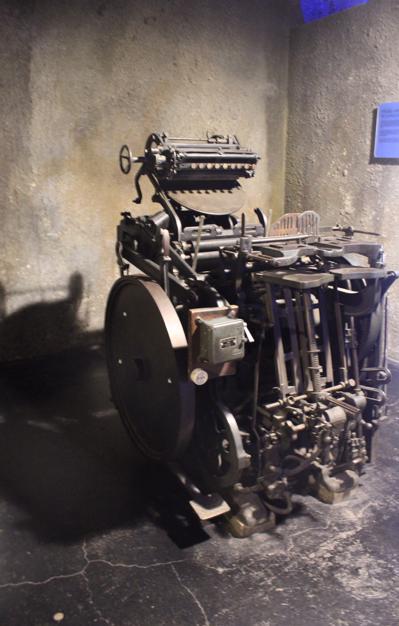
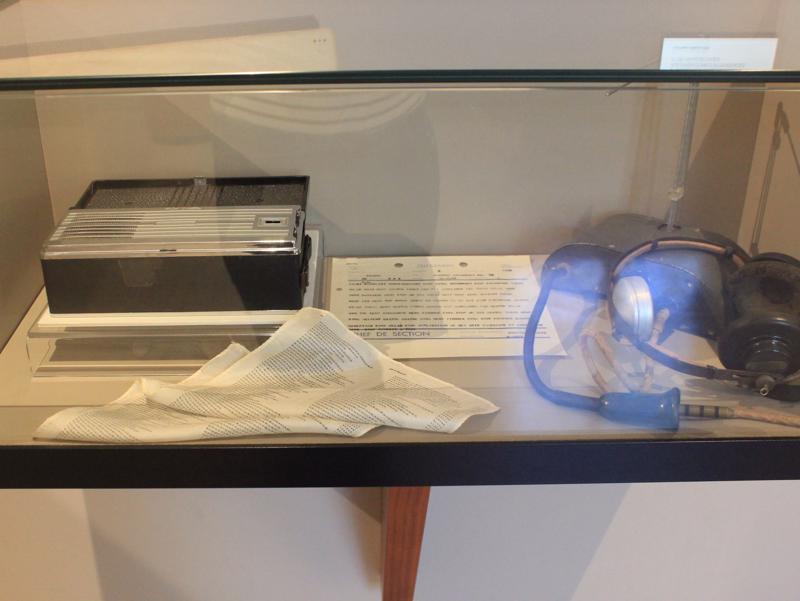
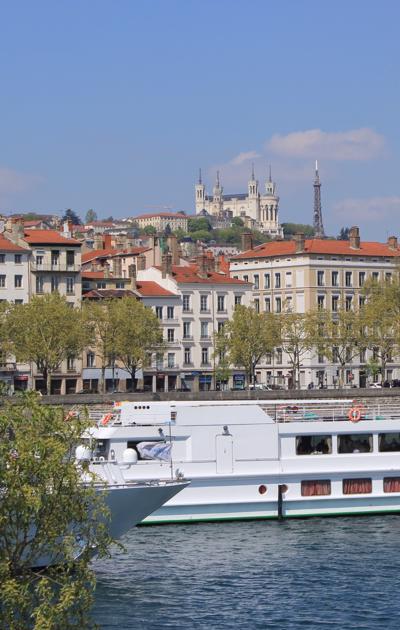
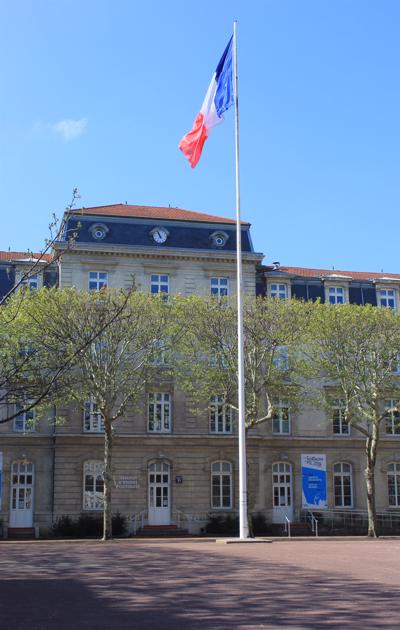


1.
Africa to Europe
2.
Lisbon
3.
Lisbon
4.
Lisbon
5.
Lisbon
6.
Lisbon
7.
Obrigado Lisbon, Ola Seville
8.
Seville
9.
Seville
10.
Seville
11.
Seville to Granada
12.
Granada
13.
Granada
14.
Granada to Murcia
15.
Murcia
16.
Murcia
17.
Murcia
18.
Murcia (day trip to Cartagena)
19.
Murcia
20.
Murcia
21.
Murcia to Barcelona
22.
Barcelona
23.
Barcelona
24.
Barcelona
25.
Barcelona
26.
Gràcia Barcelona, bonjour Toulouse
27.
Toulouse
28.
Toulouse
29.
Toulouse
30.
Toulouse to Nice
31.
Nice
32.
Nice (day trip to Monaco)
33.
Nice
34.
Nice to Lyon
35.
Lyon
36.
Lyon
37.
Lyon
38.
Lyon
39.
Lyon to Dijon
40.
Dijon
41.
Dijon
42.
Dijon
43.
Dijon
44.
Dijon
45.
Dijon to Strasbourg
46.
Strasbourg
47.
Strasbourg
48.
Strasbourg (day trip Alsace)
49.
Strasbourg
50.
Strasbourg (lunch in Germany)
51.
Strasbourg to Caen
52.
Caen
53.
Caen
54.
Caen (day trip to Bayeux)
55.
Caen to Lille
56.
Lille
57.
Lille
58.
Lille
59.
Merci Lille, Hallo Oostende
60.
Oostende
61.
Oostende (day trip to Brugge)
62.
Oostende
63.
Dank u Oostende, hallo Amsterdam
64.
Amsterdam
65.
Amsterdam
66.
Bedankt Amsterdam, hello North Sea
67.
Howay Newcastle & Hexham
68.
Hexham
69.
Hexham
70.
Hexham
71.
Hexham
72.
Hexham
73.
Hexham to Northwich
74.
Northwich, Saltfleetby, Sheffield, Northwich, Windsor, Clifton, Northwich.
75.
Northwich to Dublin
76.
Dublin
77.
Dublin to Fermoy
78.
Fermoy & Cobh
79.
Fermoy to Farmers Bridge
80.
Farmers Bridge
81.
Farmers Bridge (day trip to Dingle Peninsula)
82.
Farmers Bridge to Kinvara
83.
Kinvara (day trip to the Cliffs of Moher)
84.
Kinvara to Dublin
85.
Dublin to Holyhead
86.
Northwich, Hexham, Hartlepool, Durham, Louth, Hexham.
87.
Grand Final 2019
Share your travel adventures like this!
Create your own travel blog in one step
Share with friends and family to follow your journey
Easy set up, no technical knowledge needed and unlimited storage!